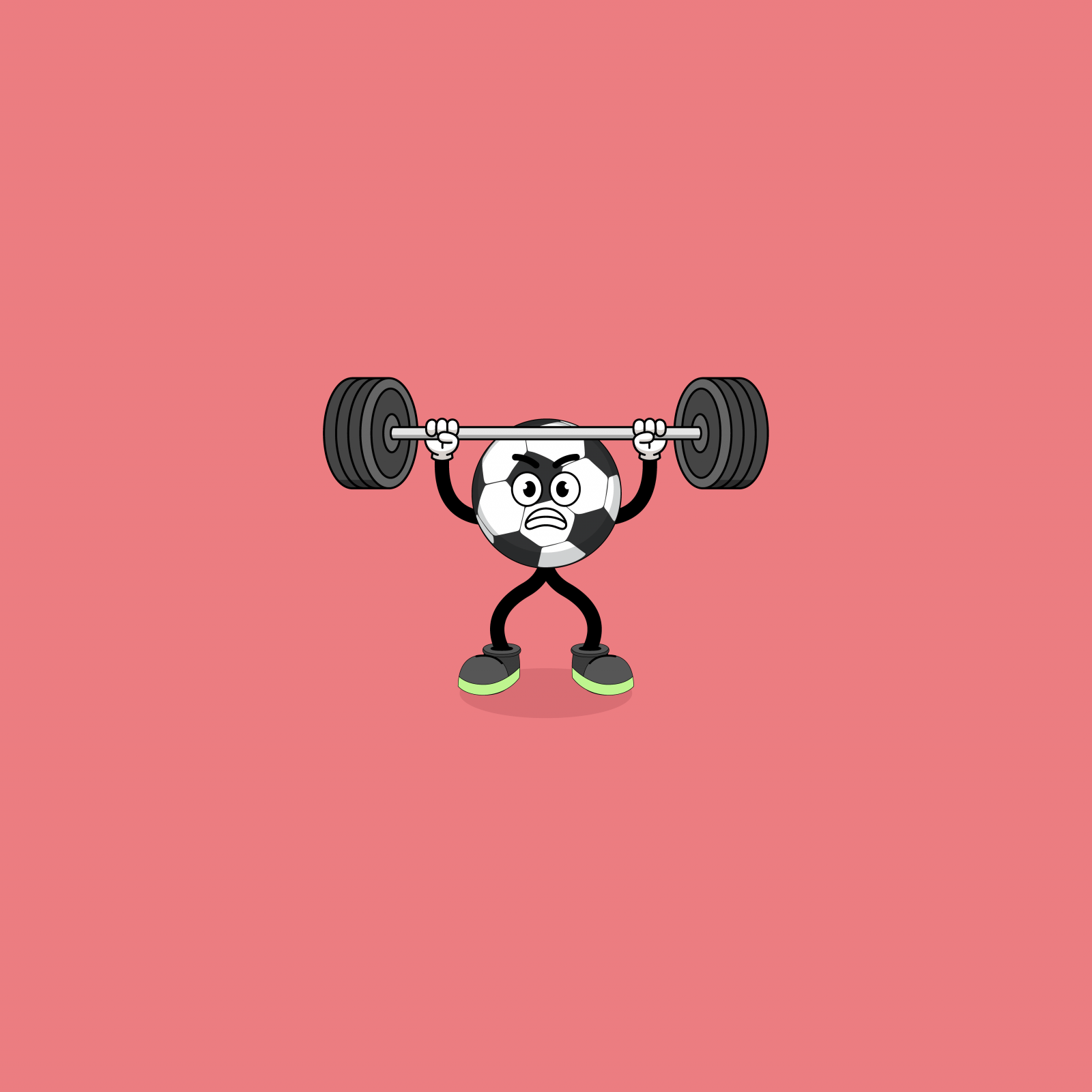Our websites use cookies. By continuing, we assume your permission to deploy cookies as detailed in our Privacy Policy.
A Case of Sporting Goods Part IV: Winning Strategies for the Basket Page & Cross-Channel Messaging
It’s here, the final chapter of A Case of Sporting Goods. So far in this case study series, we’ve examined the challenges of the sports goods industry and went over winning strategies for the homepage, search areas, product and category pages. It is now time to close this case with the basket page and cross-channel messaging strategies, Watson.
Key Takeaways
- The global average cart abandonment rate is 70%.
- Cart abandonments can be unavoidable at times. Asking customers why they’ve decided not to finalise their purchase might prove valuable.
- In order to market effectively, you need to understand how consent information can be used in audience segmentation.
📍 Winning Strategies for the Basket Pages
You’ve made it! The customer’s added the items they’re thinking of buying. However, nothing has ended yet. The possibility of cart abandonment is still there. In fact, the global average shopping cart abandonment rate is 70%. How can you avoid cart abandonment and make sure the transaction is completed?
“Purchased Together” Campaigns
“Purchased Together” or “Frequently Bought Together” campaigns are a great way to boost your AOV. A single product recommendation increases shoppers’ average order by 369% compared to shoppers who don’t engage with any recommendations.
Use the basket page to upsell or cross-sell. Why not recommend a pair of tennis shoes to go with that racket?
Achieved with “Frequently Bought Together” Campaigns: Higher AOV, higher conversion, faster decision-making
Exit Surveys
Sometimes it’s really not you; it’s them. At times, it’s more about the customer’s mindset and not how effective your campaigns were. Remember that many of us also love to use our basket pages as pseudo-wishlists.
So the customer has decided to not buy the items in their cart. You can still use this to your advantage. How? Just ask them why they’ve decided not to finalise their purchase. If it’s something that you can fix, this is highly valuable data.
For example, customers don’t like it when:
- There are unexpected extra costs
- They are forced to create an account
- It takes forever for the checkout page to load
- The checkout flow is too long
- They have to re-enter their address and credit card information
- The discount code doesn’t work
Hear what the visitors have to say about your brand and store with some elegantly designed pop-ups when an exit intent is detected. If the problem is one of the ones stated above, these surveys help you detect and solve them as quickly as possible!
Achieved with Exit Surveys: CX optimisation, increased customer retention and loyalty, smoother customer journey
📍 Winning Strategies for Cross-Channel Messaging
Customers have different opinions and preferences when it comes to communication channels. Some might want to be notified about your brand via email, while others prefer to keep their email addresses private. However, the latter might still choose push notifications. Knowing how to use consent information in audience segmentation should be a vital part of your marketing efforts.
All-Automated Push Notifications
Push notifications are cool because they don’t require filling out a lead form; a simple click is enough to opt-in or opt-out. Using all-automated push notifications, you can directly communicate with customers via push campaigns triggered by their specific actions.
For example, you can segment Puma fans who opted for push notifications to send them special offers, exclusive deals, etc. How you define a Puma is up to you: People who shopped from them in the last 30 days or who like browsing through that brand. It’s your choice. Just think of which segmentation and push campaign will bring the best results.
Achieved with All-Automated Push Notifications: CX optimisation, increased customer retention and loyalty, faster decision-making, increased customer engagement
Bulk Push Notifications
Bulk push notifications are some of the most basic push campaigns out there. But boy, are they effective!
Bulk push notifications according to special days, holidays, seasons, brands or product types. You can use bulk push notifications to inform your customers about new site-wide deals and campaigns, seasonal promotions, etc. You can also use these to start countdowns to specific seasonal campaigns to increase urgency.
Are you about to have an exclusive sale for the yoga category? Let your customers know with a countdown!
Achieved with All-Automated Push Notifications: CX optimisation, increased customer retention and loyalty, faster decision-making, increased customer engagement
All-Automated Emails
Automated email workflows are a series of pre-written, automated emails triggered by specific actions. You can automate email workflows to streamline your outbound communications and make them more specific and targeted.
Let’s say a customer browsed through the running category but left the website without buying anything. Personalised automated emails could be sent to the customer offering help, advice, more information, and even discounts for that particular product to get them back to the store.
You can send them persona quizzes to better understand where they are in their running journey and share special tips and guides about running based on their level. Someone getting ready to run a marathon will have different needs as opposed to someone considering starting running in the mornings.
Achieved with All-Automated Emails: CX optimisation, increased customer retention and loyalty, increased customer engagement, increased trust
Wrapping Up
This brings us to an end. Throughout the “A Case of Sporting Goods” series, we first examined the market’s challenges. Then we discussed strategies to overcome these challenges on the homepage, search areas, category pages, product pages, basket pages and cross-channel messaging.
No road is without bumps and obstacles. The trick to success is to first understand these obstacles and what causes them. And then comes the next step: Building the right strategies with the right people by your side. Then, solving problems turns into doing puzzles—fun and exciting!





